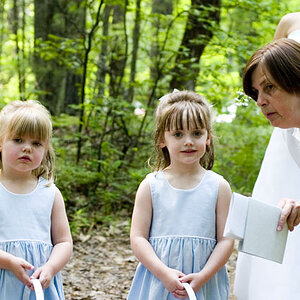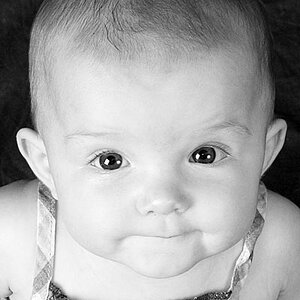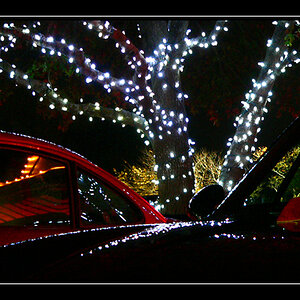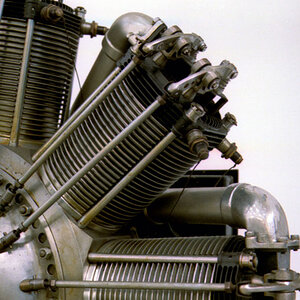imagemaker46
Been spending a lot of time on here!
- Joined
- Mar 9, 2011
- Messages
- 4,422
- Reaction score
- 1,705
- Location
- Ottawa, Canada
- Website
- imagecommunications.ca
- Can others edit my Photos
- Photos NOT OK to edit
The lag on high end digital cameras does not affect anything. This is just another example of a tech geek teacher pointing out something that has no relevance to the image being produced.





![[No title]](/data/xfmg/thumbnail/32/32702-7344d6e6132276dd7bfc046084fea432.jpg?1619735604)
![[No title]](/data/xfmg/thumbnail/32/32700-18534997be82e5150c566a9e67a00471.jpg?1619735602)


![[No title]](/data/xfmg/thumbnail/37/37614-3833b9d2e46075829c91cf9c0f47af69.jpg?1619738150)




